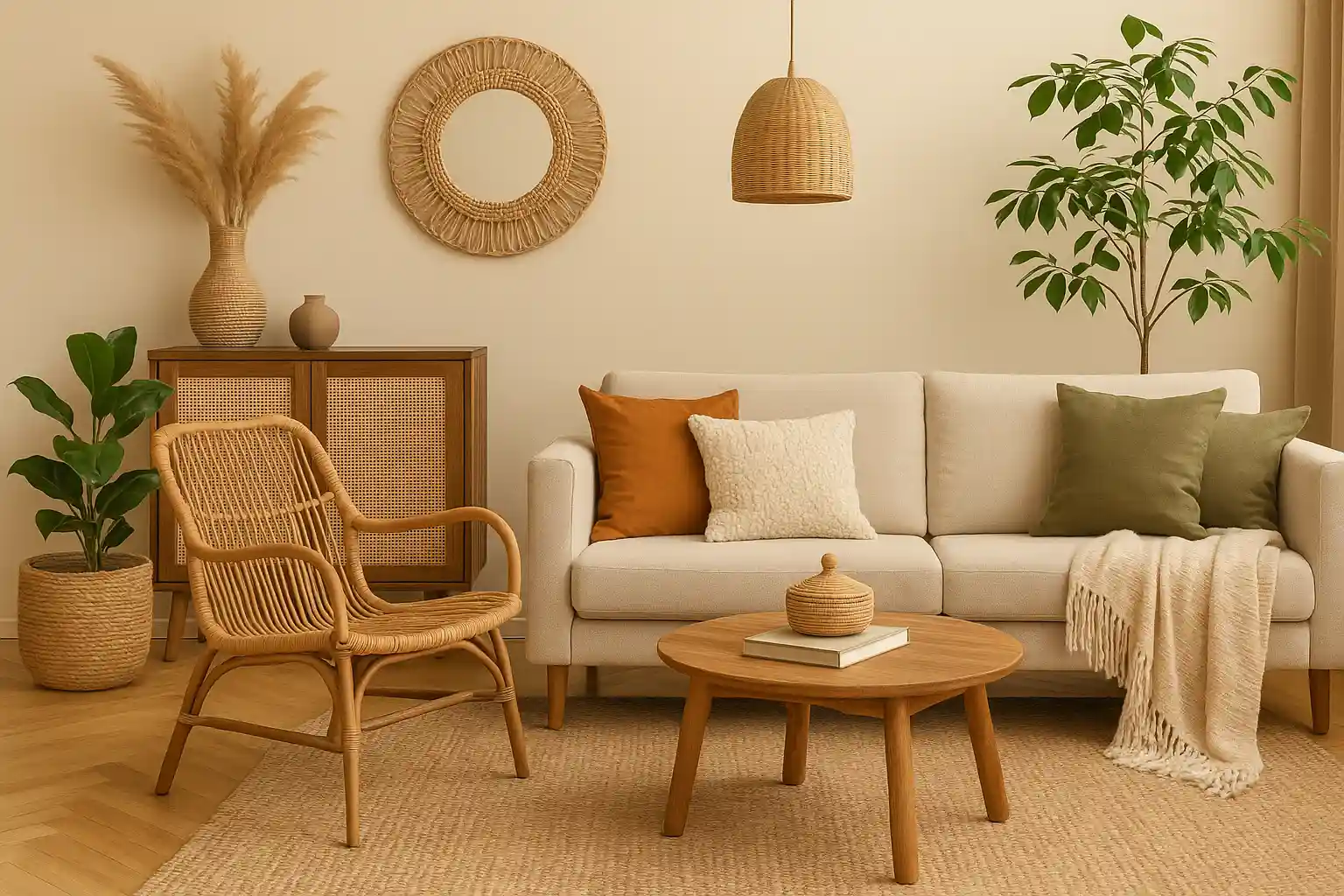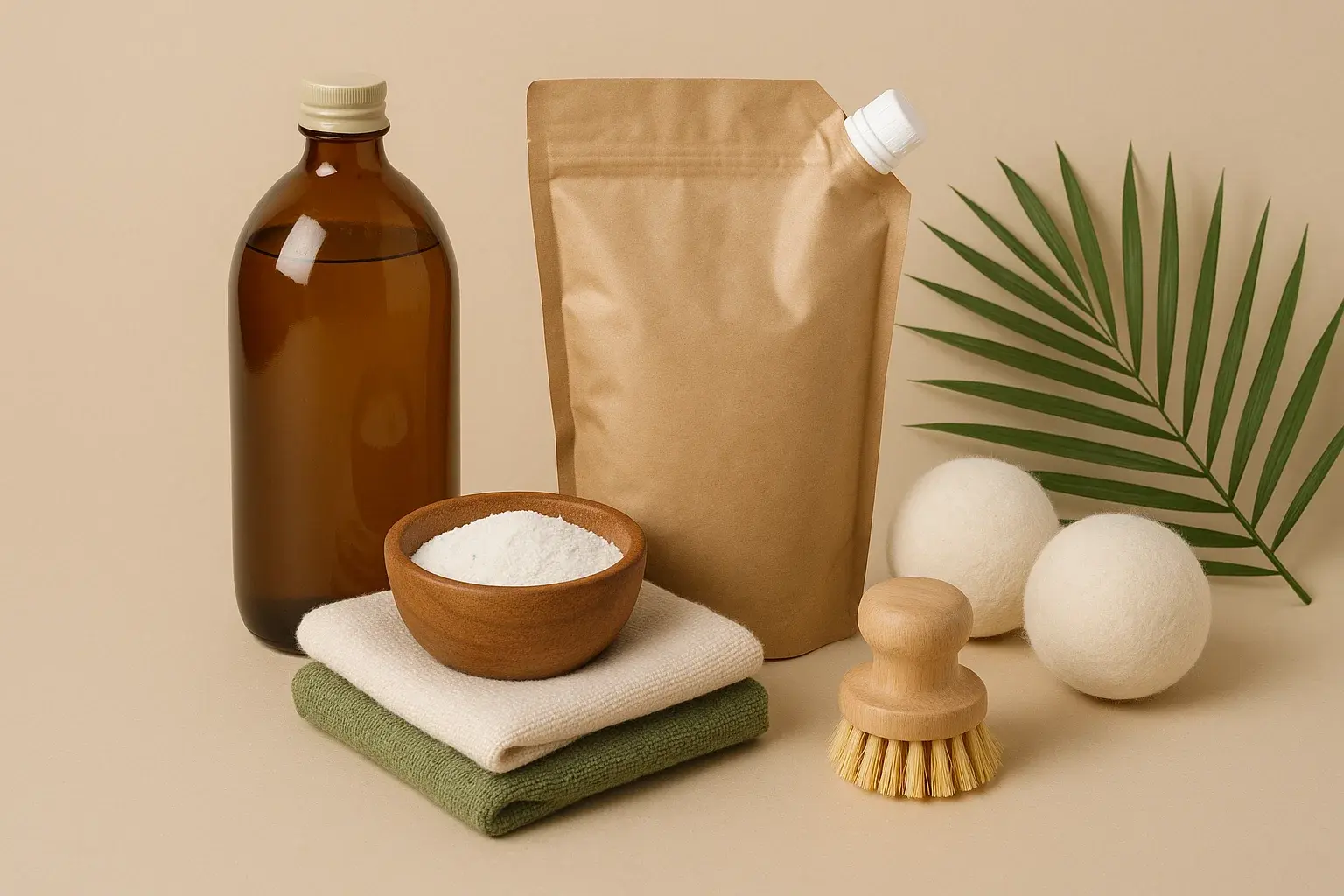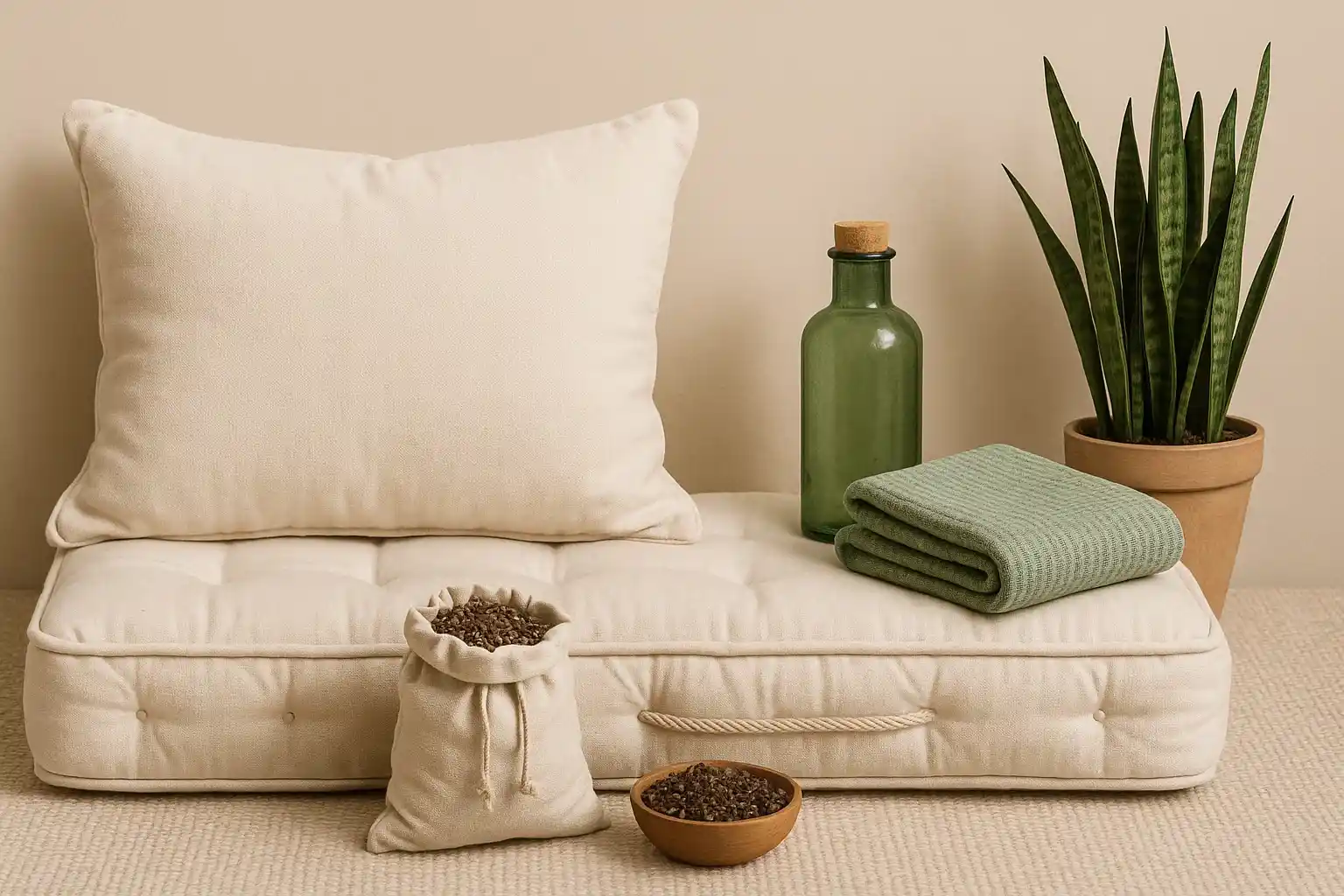Laying the Foundation for a Greener Home: Your Eco Starter Kit

Embarking on a journey towards a more sustainable lifestyle can sometimes feel overwhelming. The sheer volume of information and the myriad of potential changes can make it difficult to know where to begin. Creating an "eco starter kit" for your home offers a practical and manageable entry point. It's about identifying a few key areas where simple swaps can make a significant difference, laying the foundation for more sustainable habits to flourish.
This exploration will guide you through the essential components of an eco starter kit, offering insights into practical and impactful changes you can implement today. Our aim is to educate, encourage, and inspire you to take those initial steps towards a greener home, demonstrating that sustainability can begin with a few thoughtful choices.
The Kitchen: Cultivating Conscious Consumption
The kitchen is often a hub of activity and, consequently, a place where a lot of waste can accumulate. Your eco starter kit can begin here:
- Reusable Shopping Bags: This is a fundamental swap. Keep a set of sturdy, reusable bags (cloth or durable nylon) in your car or by the door to avoid single-use plastic bags at the grocery store. Consider also investing in reusable produce bags to further reduce plastic waste in the produce aisle.
- Reusable Food Storage: Ditch single-use plastic wrap and bags in favor of reusable containers (glass or stainless steel) and beeswax wraps. These not only reduce waste but also often provide better food preservation. Silicone food storage bags are another versatile and long-lasting option.
- Reusable Water Bottle: Say goodbye to single-use plastic water bottles by investing in a durable, reusable water bottle made from stainless steel or glass. Carry it with you and refill it throughout the day.
- Reusable Coffee Cup: If you're a coffee or tea drinker, bring your own reusable cup to your local café. Many even offer a small discount for doing so. Choose one made from bamboo, stainless steel, or glass.
- Composting Bin (Small Scale): Even if you don't have a large garden, starting a small indoor composting system for food scraps can significantly reduce your household waste. Countertop compost bins are readily available and can handle fruit and vegetable scraps, coffee grounds, and tea bags.
The Bathroom: Embracing Sustainable Self-Care
The bathroom is another area ripe for eco-friendly swaps in your starter kit:
- Bamboo Toothbrush: Replace your plastic toothbrush with one made from sustainably sourced bamboo, which is biodegradable.
- Solid Soap and Shampoo Bars: As discussed previously, switching to solid soap and shampoo bars eliminates the need for plastic bottles.
- Reusable Cotton Rounds: Instead of disposable cotton pads for makeup removal or applying toner, opt for washable and reusable cotton rounds made from cotton or bamboo.
- Safety Razor: If you shave, consider switching from disposable plastic razors to a safety razor with replaceable metal blades, which are recyclable.
- Reusable Water Bottle (Smaller): A smaller reusable water bottle kept in the bathroom can encourage you to reduce reliance on single-use plastic cups for rinsing during teeth brushing.
Around the Home: Simple Sustainable Swaps
Extending beyond the kitchen and bathroom, your eco starter kit can include these general household items:
- Reusable Cleaning Cloths: Replace paper towels with reusable cloths made from microfiber or cotton. These can be washed and used repeatedly, significantly reducing paper waste.
- Energy-Efficient Light Bulbs: Gradually switch to LED light bulbs as your old incandescent or CFL bulbs burn out. LEDs consume significantly less energy and last much longer.
- Power Strip with Switches: Use power strips with individual switches to easily turn off electronics completely when not in use, reducing "phantom load" or standby power consumption.
- Laundry Drying Rack: Utilize a clothes drying rack or clothesline whenever possible instead of relying solely on the energy-intensive dryer.
Building Your Kit: A Gradual Approach
The beauty of an eco starter kit is that it doesn't require an immediate and complete overhaul of your entire household. It's about making a few conscious swaps that align with your lifestyle and budget. You can start with the items that resonate most with you or address the areas where you see the most immediate opportunity for change.
The goal is to build momentum and create new, sustainable habits. As you become more comfortable with these initial changes, you can gradually expand your eco-conscious efforts to other aspects of your home.
The Ripple Effect of Small Changes
Each item in your eco starter kit represents a step towards reducing your environmental footprint. While individual swaps might seem small, their collective impact, especially when adopted by many, is significant. By choosing reusable alternatives, you're reducing demand for single-use plastics and other disposable items. By opting for energy-efficient products, you're conserving resources.
This starter kit is more than just a collection of items; it's a catalyst for a more mindful and sustainable way of living. It's an invitation to become more aware of your consumption habits and to actively choose alternatives that are kinder to the planet.
Embarking on your eco-friendly journey with a starter kit makes the transition less daunting and more achievable. It provides a tangible foundation upon which you can build a more sustainable home and lifestyle, one thoughtful swap at a time.
Related Blogs

5 Home Decor Trends That Nurture Your Space and the Planet
Insights on 5 home decor trends that are also earth-friendly in a sustainable way.

Step Softly on the Earth: Upgrading Your Home with Natural Floor Rugs
Choose biodegradable and non-toxic jute, organic cotton, or wool rugs over synthetic options.

Clean Laundry, Clear Conscience: Sustainable Swaps for Conventional Detergents
Switch to soap nuts, eco-enzyme cleaners, or plant-based detergents for toxin-free laundry.

Breathing Easier, Living Greener: The World of Eco Paints and Finishes for a Healthier Home
Insights on eco paints and finishes for a healthier home in a sustainable way.

Dreaming of a Greener Sleep: Choosing Natural Mattress Toppers for a Healthier Bed
Upgrade your sleep with non-toxic, breathable, and biodegradable latex, organic cotton, or wool toppers.

Smart Storage, Sustainable Spaces: Choosing Eco-Friendly Alternatives to Plastic Trash Cans
Upgrade to durable metal, recycled plastic, or wooden bins for lower impact waste management.
Stay in the Loop
Get tips and insights tailored to your interests — no spam, just sustainability.